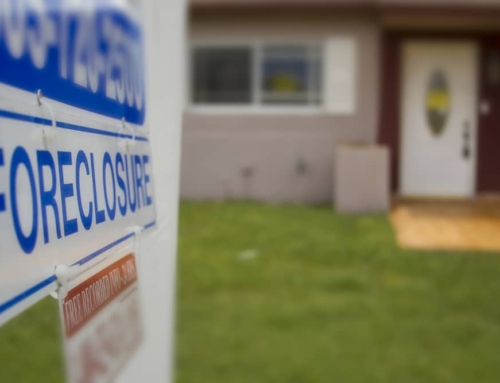It seems odd to imagine that home buyers purchasing newly-built homes want something more than space, nice appliances, and no problems.
And yet, wouldn’t it be nice to be watching television in your media room, and close the drapes at the click of a button. The doorbell rings, and your television immediately senses the ring and displays the image from the security camera mounted over the door. Instead of getting up, you can press another button and remotely open the door. According to a recent survey, 83 percent of those polled say they’d be interested in installing some type of custom electronic system in their home. Moreover, 86 percent said they would seek the help of a qualified and certified technician to install a home networking system.
According to the Indianapolis, In.-based Custom Electronic Design & Installation Association (CEDIA), which paid for the survey, the result “demonstrate how this growing trend will affect the home building industry as more homeowners are looking to integrate these systems into their lives,” said a spokesperson.
Perhaps. Or, perhaps it means that homeowners – like everyone else – want a faster connection to the Internet.
For the last decade, home builders have been forecasting a trend of growth in home-networking systems. Unfortunately, other than having the ability to start your whirlpool bath from your car, not much has happened up until now.
Advanced technology, cheaper computing power, and lower prices have forced builders to more seriously consider upgrading the wiring and cabling in new homes. According to the National Association of Home Builders (NAHB), 34 percent of builders now offer structured wiring packages as standard or optional amenities.
Upgraded wiring costs a minimum of $500 in most new homes, and often runs in excess of $2,000, according to Andrew Willcox, director of Proline Integrated Systems, based in Highland Park, Illinois.
But that’s just a start. True networking, Willcox says, is more than just having a security system, centralized home computer network or a satellite network. It’s about how these systems, and others, interact, and how you control them from within your home or anywhere in the world.
“The cost really depends on what the customer wants to control. (A system) that controls everything can run anywhere from $125,000 to $200,000,” Willcox explained. “Customers who buy these systems typically have homes in the million dollar range.”
Most consumers will only spend a few thousand dollars on a home networking system, Willcox admits. But they do want control over different household components, according to the CEDIA survey.
A third of those polled said they considered a centralized home security system the most important home networking system. Just under 20 percent said home theatre systems were most important. Automated window shades and audio and video systems were the next most-popular items on the list. Seventeen percent said they either had no interest in home networking or didn’t respond to the question.
The CEDIA survey found that home networking was as important to women as it is to men, which is interesting since Willcox says women make 90 percent of the final decisions when it comes to building a new home.
“Women tend to be more interested in convenience issues and security issues. Men are interested in security but just as long as the family is secure. A woman is more interested in the aesthetics of the home,” Willcox added. The CEDIA survey did find that women are more likely to favor an automated lighting system for the home.
“When we design a system, we keep everyone living in the household in mind and not be gender specific,” Willcox said, adding that the best systems may be technologically sophisticated, but are easy to use.
Even if you’re not ready to add in all the costly components of a home that’s truly networked, experts say you should consider upgrading your wiring and cable package. The wiring should be Cat 5 grade, and it should be installed by a professional who understands how not to mangle the wire.
“A specialists will cost $60 to $80 per hour. But it will cost more (in the long run) if your wiring was done wrong and you need to go back and fix it. It’s definitely cheaper to design (your system) on paper first, and then install it in that way,” Willcox explains.
CEDIA runs a certification program, and the website (www.CEDIA.org) acts as a portal for some 2,000 specialists nationwide, and will pull up dealers closest to a specific zip code. But like many builder “certification” programs, CEDIA does not appear to back up their “certified” specialists’ or dealers’ work, so buyer beware.






Leave A Comment